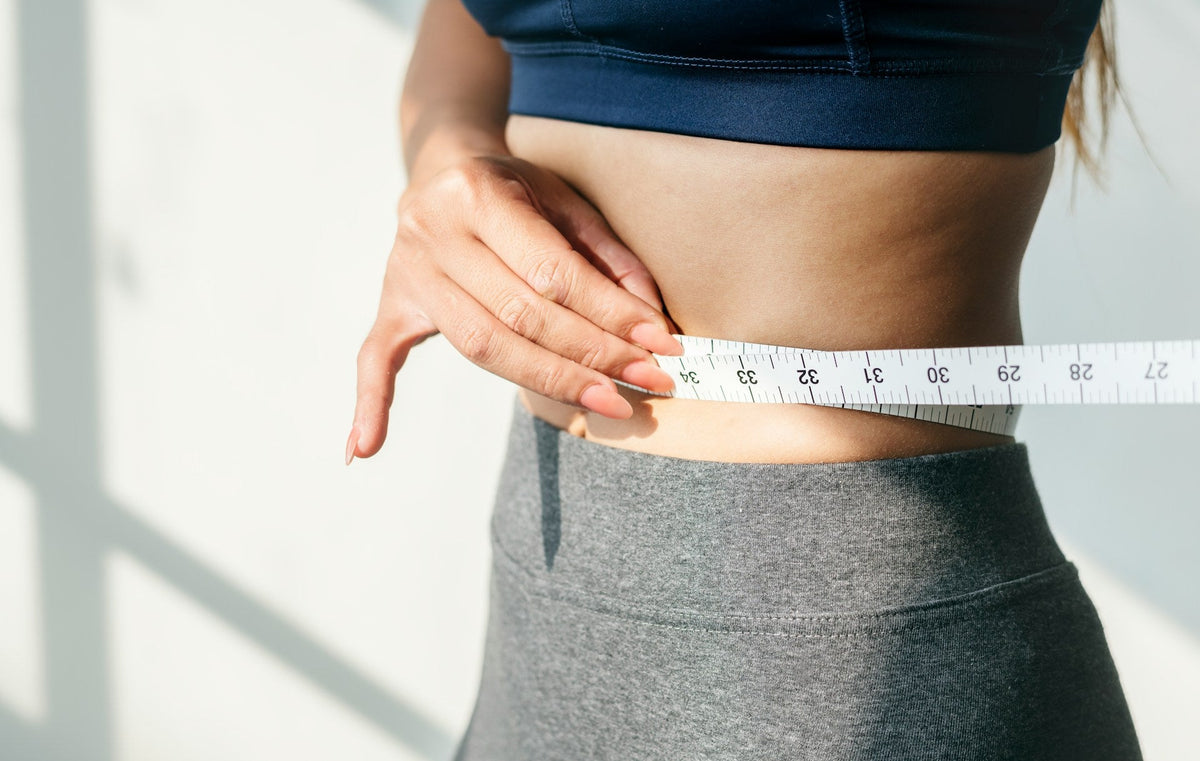Do you sail through your day only to smack into a Mack truck at around 3pm?
Mid-afternoon slumps sap the energy from your bones, and leave you lusting for a lay down. Your mind clouds, your body sinks, your eyelids become heavy, fatigue overtakes and everything feels harder.
Rather than accepting this exhausting cycle, there are proven steps that can cull slumps from your life. Yes, even if they’ve been a constant presence for years. You just need to know how. Here are five science-backed tips.
1. EAT A HEALTHY BREAKFAST AND LUNCH
If you consume cereal for breakfast and a sandwich for lunch, you inadvertently invite mid-afternoon slumps into your day.
Why? Your bloodstream requires perfect sugar (glucose) balance; just enough to keep the body and brain firing on all cylinders. Too little and you’ll feel faint and unwell. Imagine trying to run your car on fumes alone. It will stall. Similar to how a slump feels, yes?
Too much sugar will, over time, harm the blood vessels that transport it. Organs, nerves, and general health will eventually suffer, too. Back to our car analogy, it’s like overfilling the tank and adding pressure to the cylinders.
When you consume foods that contain ample sugar — like many cereals and breads — your blood sugar level will spike. To return it to a tight and healthy range, the hormone, insulin, is produced. Its task is to remove excess glucose from the bloodstream and guide it into the relative safety of the cells.
Over time, the continued consumption of refined sugar leads to cells that tire of insulin’s constant call. They become deafened to the rap-tap-tapping of insulin’s knock and stop answering the door. This results in a raised blood sugar level. Due to the dangers, additional insulin is produced leading to an elevated level in the blood (hyperinsulinemia). This may trigger reactive hypoglycemia.
Reactive hypoglycemia occurs because a heightened level of insulin forces cells to open their doors to sugar. As the glucose hurries in, exiting from the blood, blood glucose drops… Sometimes too far.
Depending on the cause, reactive hypoglycemia occurs between one to five hours after the last meal. For many, this puts them right at the 3pm time slot. Common symptoms include sweating, dizziness, irritation, trembling, cravings and a profound energy slump.
So how can you improve your diet to reduce — even eliminate — slumps?
Limiting the consumption of refined sugar lowers blood sugar and reduces the need for insulin. Including sufficient fiber, protein and healthy fat moderates, or blunts, blood glucose spikes. So, choose both a breakfast and a lunch that contain sufficient protein, healthy fat and only complex carbohydrates.
Your perfect breakfast could be scrambled free-range eggs, sliced avocado, grilled mushrooms and wilted spinach.
An ideal lunch could be tuna salad or stir fry tofu and vegetables with cauliflower rice.
2. DRINK SUFFICIENT WATER
We, humans, are made from around 70% water, depending on the tissue. Yet we often forget to refill our reservoir. Alcohol, coffee, and certain medications then each drop our hydration level further, leading to dehydration.
Dehydration often mounts throughout the day. Especially if you've pushed through an intense physical training session in the morning. Fatigue and lethargy hit when you reach a critical level.
How can you know if dehydration is the cause of your mid-afternoon slump?
Firstly, this is common. Keep tabs on how much water you drink in the morning and early p.m. Look for other signs and symptoms like dizziness, dry skin, light-headedness, muscle weakness, and poor focus.
The easy answer is to drink a glass of water and see if it peps you up. If it does, dehydration was the likely cause. Take this as a reminder to drink water frequently.
3. SLEEP WELL
Poor sleep results in easy fatigability; it reduces your reserves. To easily stroll through your day takes considerable energy; energy that you get in part from ample slumber. But sleep gives you more than the mojo to power through…
Whether you consciously sacrifice sleep for work or other reasons, or you struggle due to insomnia, depression, stress, or other health concerns, insufficient slumber leads to insulin resistance. As we mentioned earlier, this can result in mid-afternoon exhaustion.
The ideal for most people is eight hours of sleep per night. If you are not achieving this, ask yourself why? Next, make sleep a priority. The good news is that sufficient rest will not only balance your energy throughout the day, it will protect you from future illness and weight gain.
4. STAND AND STROLL
Do you sit at a desk for hours on end? Then it’s little wonder you begin to flail mid-afternoon.
See, to make energy, we must use energy. Movement is essential to this process. When you sit for extended periods, you are unable to metabolize your food optimally.
Research has shown that when two-minutes walking breaks were introduced every twenty minutes in a sedentary workplace, a person’s ability to appropriately respond to the food they ate jumped by 30%.
Better blood glucose control leads to enhanced insulin function. This diminishes fatigue including mid-afternoon slumps.
To ensure adequate movement takes awareness and habit change. To do this, set an alarm every 20 minutes. Rise from your desk and move around. Two minutes is enough. As an alternative, use a standing desk.
5. SUPPLEMENT WITH HYPERBURN
Sometimes, even with our best intentions and actions, a mid-afternoon slump can hit; interrupting and sabotaging the day. Instead of waiting to falter, or to quickly pick yourself up when you do, HyperBurn can rush to your rescue.
To consume, mix ½ scoop in a glass of water in the early afternoon.
THE TAKEAWAY
Mid-afternoon slumps are common and can seriously impact on your productivity, clarity and mood. But with the right steps it’s possible to reduce — even eliminate — this exhaustion from your life.
The right diet, ample water intake, sufficient slumber, increasing activity during sedentary days, and sensible supplementation with an evidence-based product like HyperBurn will help you sail through your days. Mid-afternoon slumps can become a thing of the past!
Disclaimer: The above article is merely a guide and is in no way a recommendation or a treatment protocol for any health conditions or diseases. You should always consult with a qualified health care provider before changing your supplement, training or nutritional strategy. Supplementation should not be attempted by pregnant or breastfeeding women, anyone on prescription medication or children under the age of 15 unless advised by your qualified health care provider. The above article has been taken from www.onesthealth.com.au




